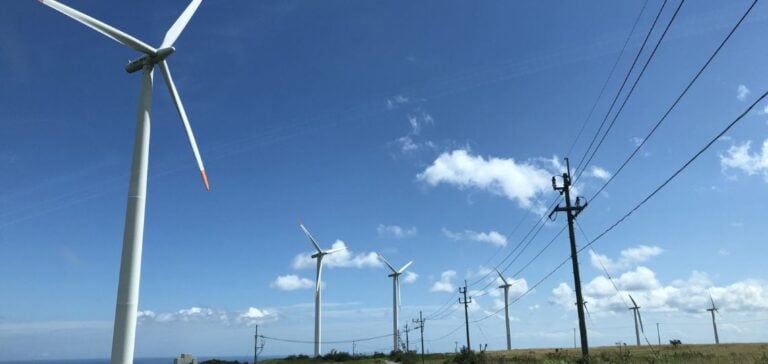Eurus Energy Holdings Corporation launches the reconstruction of the Odanosawa I & II wind farms, located in Higashidoori, Aomori Prefecture, Japan.
The aim of this initiative is to replace the existing infrastructure with higher-capacity turbines, increasing wind power production at the existing site.
Commissioning of the new facilities is scheduled for March 2027.
The project includes the installation of seven new 4.3 MW turbines supplied by Siemens Gamesa Renewable Energy S.A., replacing the ten 1.3 MW turbines installed in 2004.
This upgrade brings total capacity to 43 MW, compared with 13 MW previously, maximizing the use of local wind resources.
The increased efficiency of this equipment is designed to meet energy demand while optimizing operating performance.
Asset Optimization Strategy and Risk Management
The expansion of the Odanosawa wind farms comes at a time when Japan is seeking to diversify its energy mix.
The project relies on the use of high-efficiency turbines to enhance production stability in a region where wind conditions can be variable.
By integrating these new technologies, Eurus Energy is optimizing its assets while minimizing the risks associated with grid fluctuations.
The installation of Siemens Gamesa turbines, with a capacity of 4.3 MW, represents a strategy aimed at reducing the cost of energy produced per unit.
This approach makes it possible to take advantage of economies of scale in maintenance and operations, while guaranteeing better equipment availability.
The use of more efficient turbines is in line with market trends towards consolidation and rationalization of existing wind power infrastructures.
Regulatory environment and market opportunities
The development of onshore wind farms in Japan faces a number of challenges, including strict regulatory constraints, complex approval processes and difficulties related to grid integration.
Eurus Energy is taking a proactive approach by upgrading its infrastructure to meet these challenges, while positioning itself to capture growth opportunities in the renewable energy sector.
The use of high-capacity turbines on an existing site can ease administrative procedures and reduce implementation times.
This project could serve as a model for other industry players looking to renew their assets without committing to new sites, thereby minimizing the risks associated with obtaining new licenses and managing local impacts.
Economic impact and outlook for the sector
The project to rebuild the Odanosawa wind farms is part of a wider drive to overhaul and improve Japan’s energy infrastructure.
By increasing installed capacity while optimizing equipment efficiency, this type of initiative helps to reduce energy costs and make the wind power market more competitive.
As a result, the Japanese wind energy sector is now in a position to respond more effectively to growing energy needs and grid stability requirements.
For Eurus Energy, the adoption of new, higher-capacity turbines represents an opportunity to strengthen its position in the renewable energy market while complying with increasingly stringent energy efficiency regulations.
This project illustrates an industry trend towards more robust solutions that are less dependent on local wind conditions, with important implications for the future of the wind power sector in Japan.






















